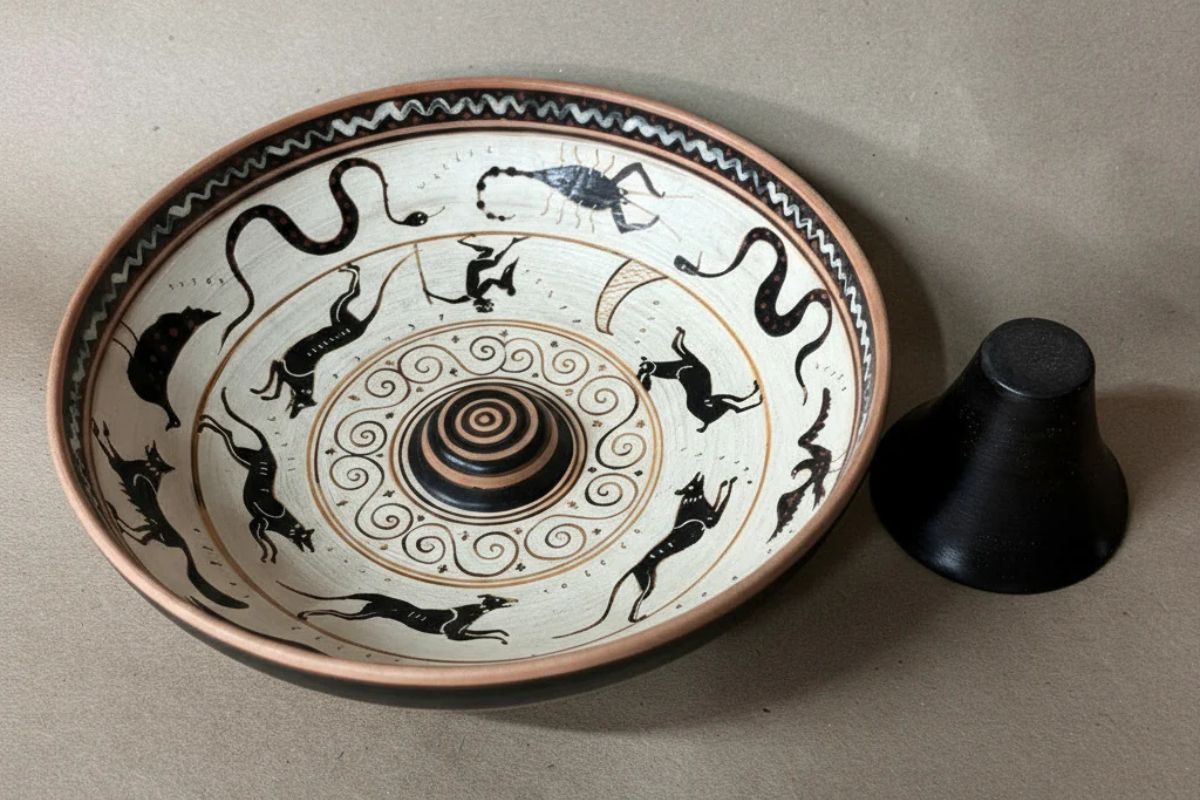
Key Highlights
Here is a quick look at what we will cover about the ancient Greek phiale.
- A phiale is a shallow libation bowl used in ancient Greek culture.
- It played a central role in religious practice, especially for pouring offerings to the gods.
- The design often included a central boss, which helped in holding the bowl during ceremonies.
- These bowls were made from materials like terracotta, bronze, or precious metals.
- The phiale was an important piece of artwork used in a sanctuary.
- It also functioned as a drinking vessel in daily life.
Have you ever thought about how people in ancient Greek times talked to their gods? In that society, objects had a big role in religious practice. One important item was the phiale. It is a shallow bowl and has deep meaning for those people. The phiale was used for pouring libations. These libations were drinks offered to honor gods in greek culture. The phiale helped connect people to the divine and was used every day in religious practice in ancient greek times.
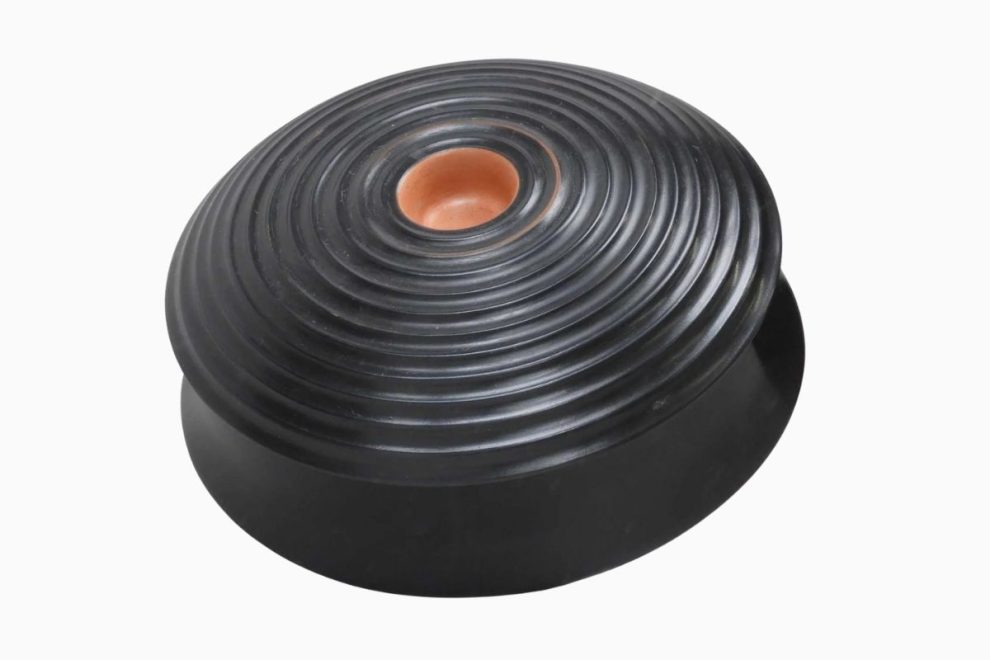
Definition and Origin of the Word ‘Phiale’
A phiale is an ancient Greek bowl. The bowl is shallow and has a rounded bottom. In the center, there is a raised lump called a boss. People used the phiale to drink and to pour libations in old times. The boss in the middle helped people to hold it well when pouring for rituals. The phiale was important in Greek religious ceremonies. It helped people connect with their gods. The ancient Greek word phiálē directly inspired the name ‘phiale.’ An inscription found on a broken piece from the island of Chios shows that people used the bowl long ago around the same centuries that Proto Attic pottery emerged in Athens. Greek culture has included the phiale since the 6th century BC, also known as BCE a period central to the history of Greek pottery. This bowl has seen many years of tradition and religious use going way back to ancient Greek times. Next, we will look at how people think of this word today.
How are Phiale Defined in Modern Dictionaries?
Modern dictionaries, like Merriam-Webster, give a clear meaning for a phiale. They say it is a shallow bowl from ancient Greek times. It also looks a lot like the Roman patera. The description in dictionaries brings up its main features. It has a raised center. It can be used as a drinking cup or a libation bowl. This means people might use it every day, or during a religious event. Some dictionaries have another meaning for the word. They say ‘phiale’ can mean a fountain or even a laver that sits by the entrance of a church. This shows that the idea of a ritual basin is found in later years, too.
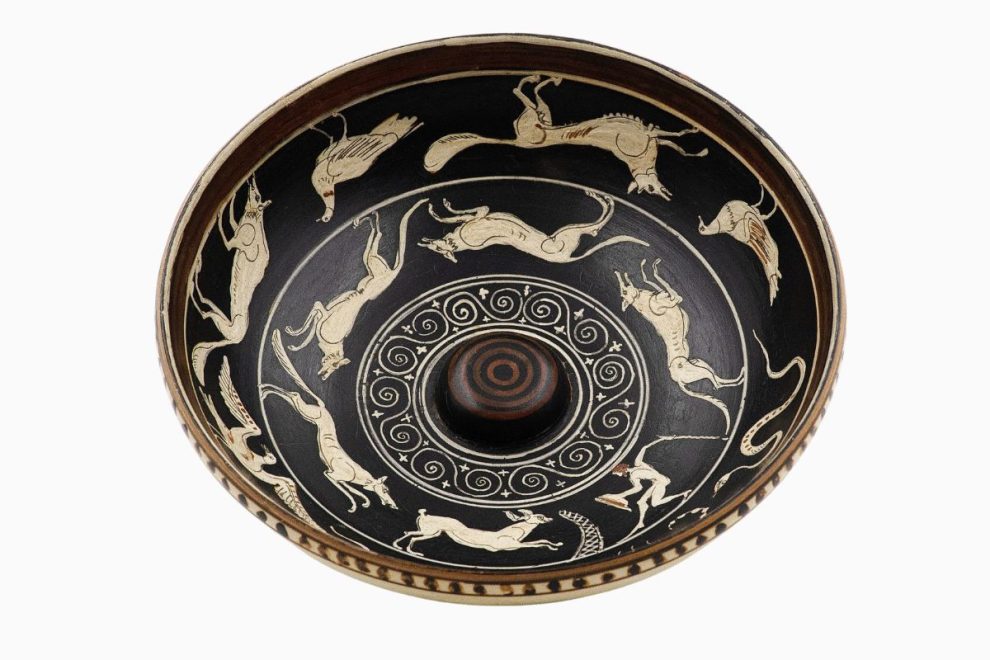
Role and Purpose of Greek Phiale
The Greek phiale was a bowl made for use as a libation bowl. The act of libation was a key part of ancient Greek religious practice. In this act, people would pour a liquid to give as an offering to a god or spirit. The phiale was built just for this important ritual. In a ceremony, the person would pour wine, milk, or honey into the libation bowl often filled from a storage vessel such as an amphora Greek vase. Then, they would pour the liquid onto an altar or on the ground. This showed respect to the gods and was done to ask for their favor. The phiale had a big part in making this connection through the act of libation. Next, we will talk more about how the phiale was used in ceremonies, in drinking, and what it meant in ancient Greek life.
Use of Phiale in Libation Ceremonies
The Greek libation bowl was needed to do the act of libation in the right way. The ceremony started when people poured a liquid from a jug into the phiale, often an oinochoe Greek pottery wine jug. The liquid could be water, wine, oil, or honey with sacred oils commonly stored in a lekythos Greek pottery flask. It often changed based on which god was being shown respect to. After filling the libation bowl, people poured the offering onto an altar or the ground. They did this in a sanctuary or before something big happened. Greeks made libations to get help and good favor from their gods before eating, making a sacrifice, or having a meeting.
Libations showed how strong the bond was between the people and their gods. For example:
- At a symposium, which was a meeting for drinking and talking, people made three libations to honor Zeus and the heroes.
- Before a meal, they offered a small amount from their libation bowl to say thank you and be respectful.
For Drinking
Besides using the phiale for rituals, people in ancient Greece and Rome also used it to drink alongside handled cups like the kantharos. The bowl has an open, shallow shape. This made it easy to sip wine or other drinks. They would pour wine from a wine jug into the phiale. People used it at meals and during events called symposiums where kylix pottery served as the main drinking cup. Many pieces of artwork from ancient Greece and Rome show people holding or drinking from a phiale a scene often depicted in ancient Greek pottery painting. This shows the phiale was a part of daily life, not just something used in religion, as countless Greek painted vases document. Its simple design made it useful for many times and events. Artisans crafted phialai from various materials to suit different budgets and painters placed them in scenes alongside Greek red and black pottery. They used bronze or expensive metals for some, while cheaper versions appeared everywhere. Potters in greece and rome made phialai with terracotta shaped on the ancient pottery wheel before firing. They often shaped terracotta bowls to look just like the nicer metal ones.
Symbolism and Religious Importance
The phiale was very important in religious practice. People used it to hold liquid that became a sacred offering. The bowl helped turn a plain drink into a way to talk with the gods. This is why the phiale was seen as so valuable. When someone poured a libation from a phiale onto an altar, it was a way to show their bond with their gods. People put a lot of care and effort into making these bowls. Many bowls had nice motifs on them. This shows that people cared a lot about their link to the divine.
These were not just any bowls. They were special tools made for worship. The shape of the phiale mattered so much that it changed later designs. You can see its round form in the fountains or lavers in early church architecture. This shows the phiale’s effect lasted for a long time. It became a sign of ritual purification and offering for many years with early patterns recalling motifs on Geometric Greek pottery.
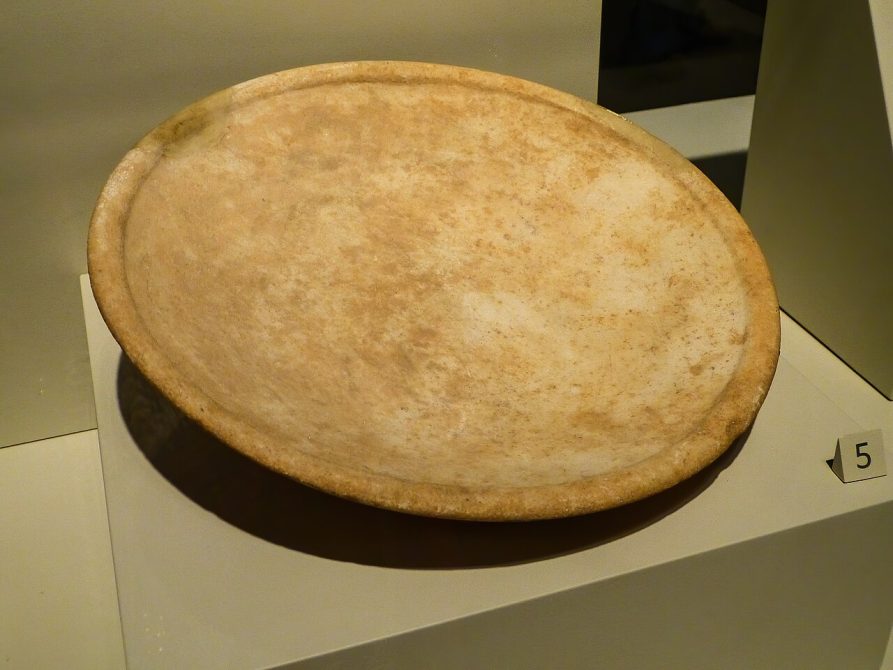
Image by: Mary Harrsch
Comparing Greek Phiale to Other Ancient Bowls
The ancient Greek phiale was one of many bowls like it in the old world paralleling forms seen in Cypriot pottery across the eastern Mediterranean. People from other cultures also used bowls, each for their own rituals including richly decorated Corinthian pottery from early city-states. One bowl that many people know about is the Roman patera. Both bowls were used for libations. This shows they were similar in how people used them. Even if they look alike, the phiale and the patera are not the same. The phiale comes from ancient Greek culture. The patera belongs to Roman art and to traditions that grew in Rome. Knowing these facts helps us see what makes each bowl special. Now, let’s look at what is different between the two and learn about a special type of greek phiale.
Differences Between Phiale and Patera
The main difference between a phiale and a patera is their cultural origin. The phiale is distinctly ancient Greek, while the patera is its counterpart in Roman culture. Both were shallow bowls used for libations, but they belong to different artistic and religious traditions. In terms of design, a phiale is characterized by its shallow shape and, most notably, the central boss or omphalos. This feature is a hallmark of many Greek phialai. The patera, on the other hand, is a simple shallow dish that sometimes includes a handle, a feature not typically found on a phiale.
This table summarizes the key distinctions in their artwork and design: for comparison, funerary mixing bowls like the Dipylon Krater illustrate different functions.
| Feature | Phiale | Patera |
|---|---|---|
| Origin | Ancient Greek | Roman |
| Defining Feature | Often has a central boss (omphalos) | Shallow bowl, can sometimes have a handle |
| Primary Association | Greek religious practice and artwork | Roman art and libation ceremonies |
Explanation of Phiale Mesomphalos
A phiale mesomphalos is a kind of Greek bowl that is easy to know because it has a raised part in the center that looks like a navel. The word “mesomphalos” comes from Greek, and it means “middle navel.” This center part was not there just to look nice. It had a real use. The center bump helped people hold the bowl. You could put a finger into the space under the center to hold the bowl steady while pouring a drink in a sanctuary. This way, it was simple to use the bowl during important events. People made these bowls from many things like precious metals or easy-to-find terracotta including fine wares formed from Attic clay. A lot of them come with special motifs, showing how important these bowls were. The phiale mesomphalos stayed popular all over the Greek world, from classic times up to Byzantium with many examples produced as high-quality Attic pottery.
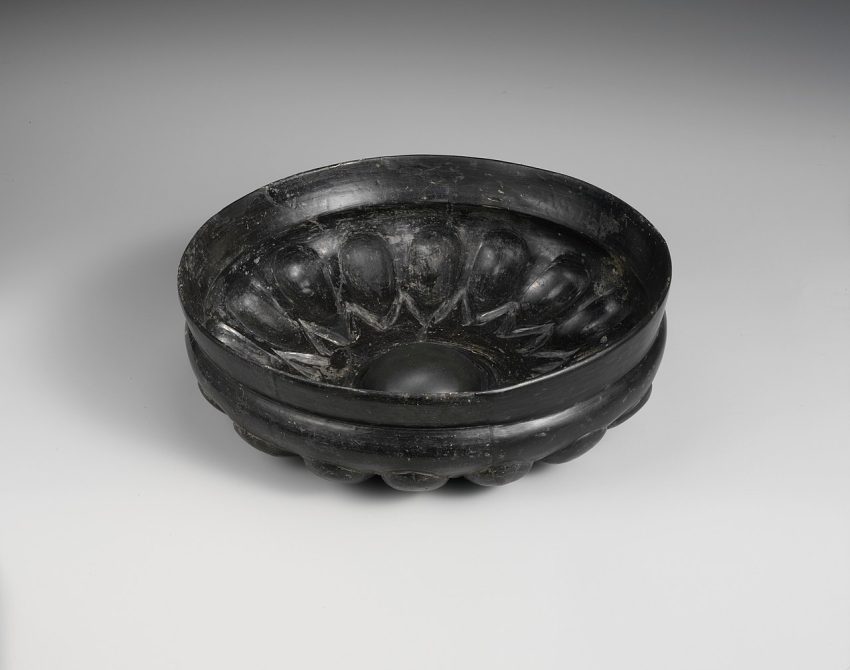
Image by: Metropolitan Museum of Art
Parting Thoughts
The phiale is more than an old dish. In ancient Greek times, people used it as a key tool to feel close to their gods. When they poured libations with this object, they showed their devotion to the divine. The phiale was both useful and beautiful, making it a fine piece of artwork. It helps us see how daily spiritual life worked for the ancient Greek people.
